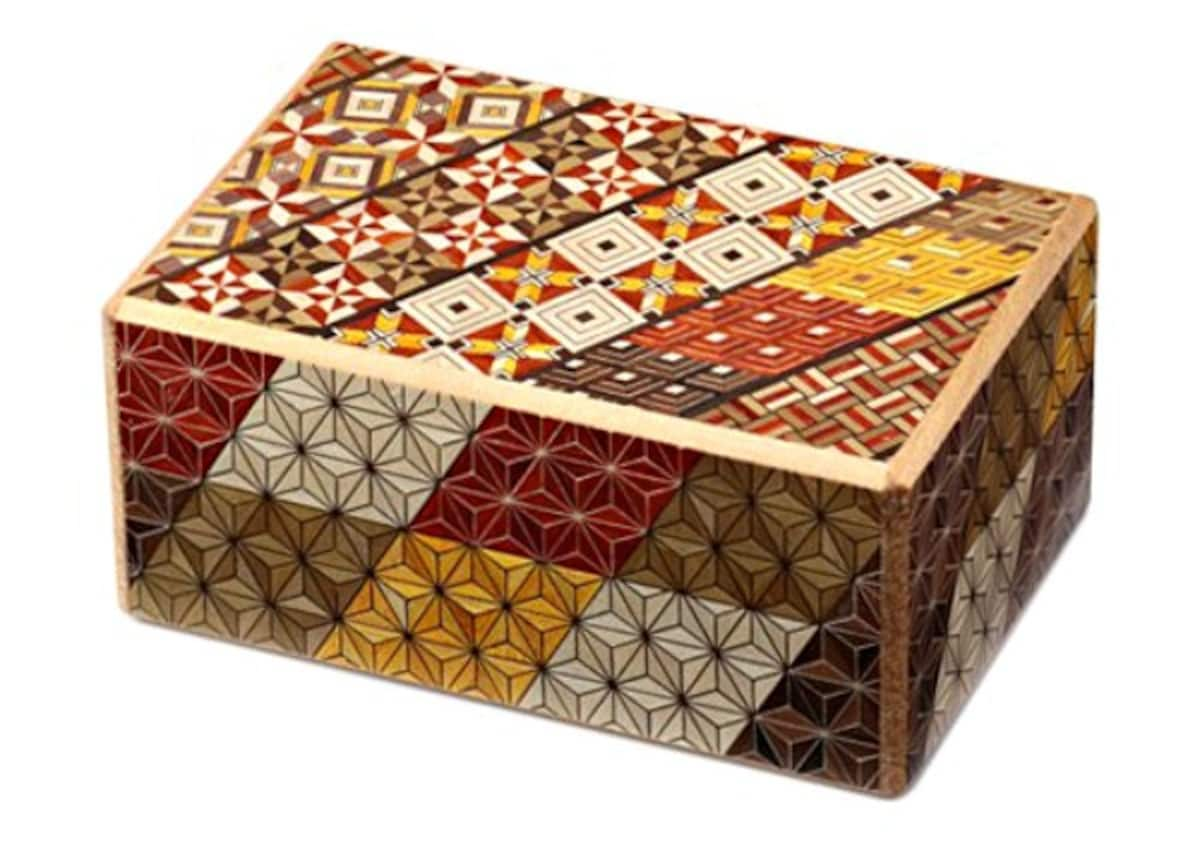3 Historical Crafts from Kanagawa
In addition to being home to the major port city of Yokohama and the famed hot springs of Hakone, Kanagawa has developed a number of distinctive crafts that are unique to the region.
By Japan Brand2. Hakone Yosegi (Parquetry)
Nihei Ishikawa (1790-1850), a resident of the town of Hakone, created the first Hakone yosegi, or parquetry. In 1984, the art form was registered as one of the Traditional Crafts of Japan.
Hakone parquetry has two major styles: Hikimono and Sashimono. Hikimono is a technique where one places wooden parquetry onto the surface of pottery-based products like trays and small bowls. In the case of Sashimono, the parquetry is placed directly on a wooden surface. This latter technique is used mainly to make small decorative boxes.
A wooden mosaic pattern may appear on the boxes, as if each wooden piece was directly applied to the base material. However, this is just an illusion, as the geometric design board is created first by gluing each piece together. This board is called the taneita. The next step is to peel the top part off the thick design board, and attach it to the top of one’s designated object, be it a box or something else. For the finish, one applies botanical gaze to secure and shine the parquetry.
There's a famous annual New Year’s long-distance relay race called the Hakone Ekiden, which features university student runners. The championship trophy is made of Hakone parquetry, and the design is different each year. A mosaic is added to celebrate the great combined effort the runners put in to finish the 217.9-kilometer (135-mile) race.
Pen stands and coasters are popular Hakone parquetry items, but the most famous has to be the secret box. This tricky object requires one to move certain of its pieces correctly to open its lid. A delicate Hakone parquetry box is a great place to store your important keepsakes!






